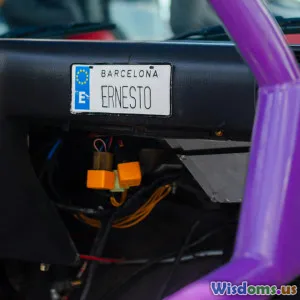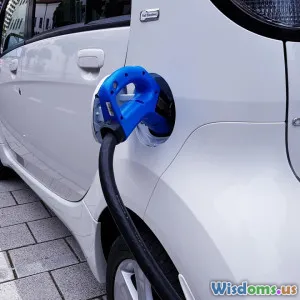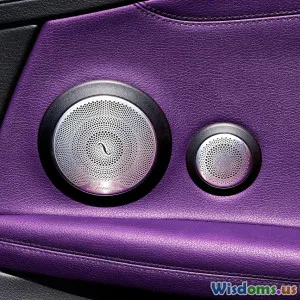
Step by Step Guide to Upgrading Car Audio Technology
15 min read Learn how to upgrade your car audio system with practical, step-by-step guidance for enhanced sound quality and technology compatibility. (0 Reviews)
Step by Step Guide to Upgrading Car Audio Technology
The thrill of crystal-clear music blasting through your car speakers is an experience that transcends generations. For many, a daily commute becomes a personal concert when the right audio system is installed. So, whether you're a casual listener craving richer sound or an audiophile seeking sonic perfection, upgrading your car's audio technology can redefine your time behind the wheel. This comprehensive guide will walk you step by step through evaluating, planning, purchasing, and installing new audio components for maximum impact.
Evaluating Your Car’s Stock Audio System

Before you browse the aisles of the latest head units or subwoofers, it's essential to understand your car's current audio system. Most modern vehicles come with a stock audio package, but the quality and features vary dramatically between makes and models. Some cars come with basic two-speaker configurations, while others offer advanced premium sound branded by names like Bose or Harman Kardon.
Key Points to Assess:
- Speaker arrangement: Are your speakers just in the doors, or do you have separate tweeters, midrange and rear fills?
- Head unit capabilities: Does it support Bluetooth, Android Auto, Apple CarPlay, or high-resolution audio?
- Amplification: Many standard systems lack a dedicated amplifier, restricting output and sound quality.
- Wiring and connections: Check if the setup uses proprietary connectors or standard ISO wires.
For example, late 2010s Toyota Camrys often feature a simple 4-speaker system, while Honda Accords from the same era may offer premium options. Understanding what's installed is crucial—you don't want to purchase components that won’t fit or be compatible with your car’s existing wiring.
Defining Your Audio Goals and Budget

A successful upgrade starts with a clear vision. Are you aiming for pure audio clarity, earth-shaking bass, or just a modern touch with Bluetooth and hands-free technology? Outlining your priorities helps you allocate your budget efficiently and avoid costly mistakes.
How to Plan:
- List your must-haves: Prioritize features like satellite radio, hands-free calling, or deep bass.
- Set a realistic budget: High-quality component speakers can cost $200–500 per pair, subwoofers $150–800, and amplifiers another $100–600. Factor in installation costs if not doing the work yourself. Many full system upgrades land in the $1,000–3,000 range for enthusiasts.
- Research based on vehicle: Online car communities, manufacturer guides, and forums like Crutchfield or Reddit's r/CarAV often have invaluable vehicle-specific advice.
By taking these steps, you create a roadmap tailormade for your unique needs and avoid getting dazzled by unnecessary bells and whistles.
Upgrading the Head Unit
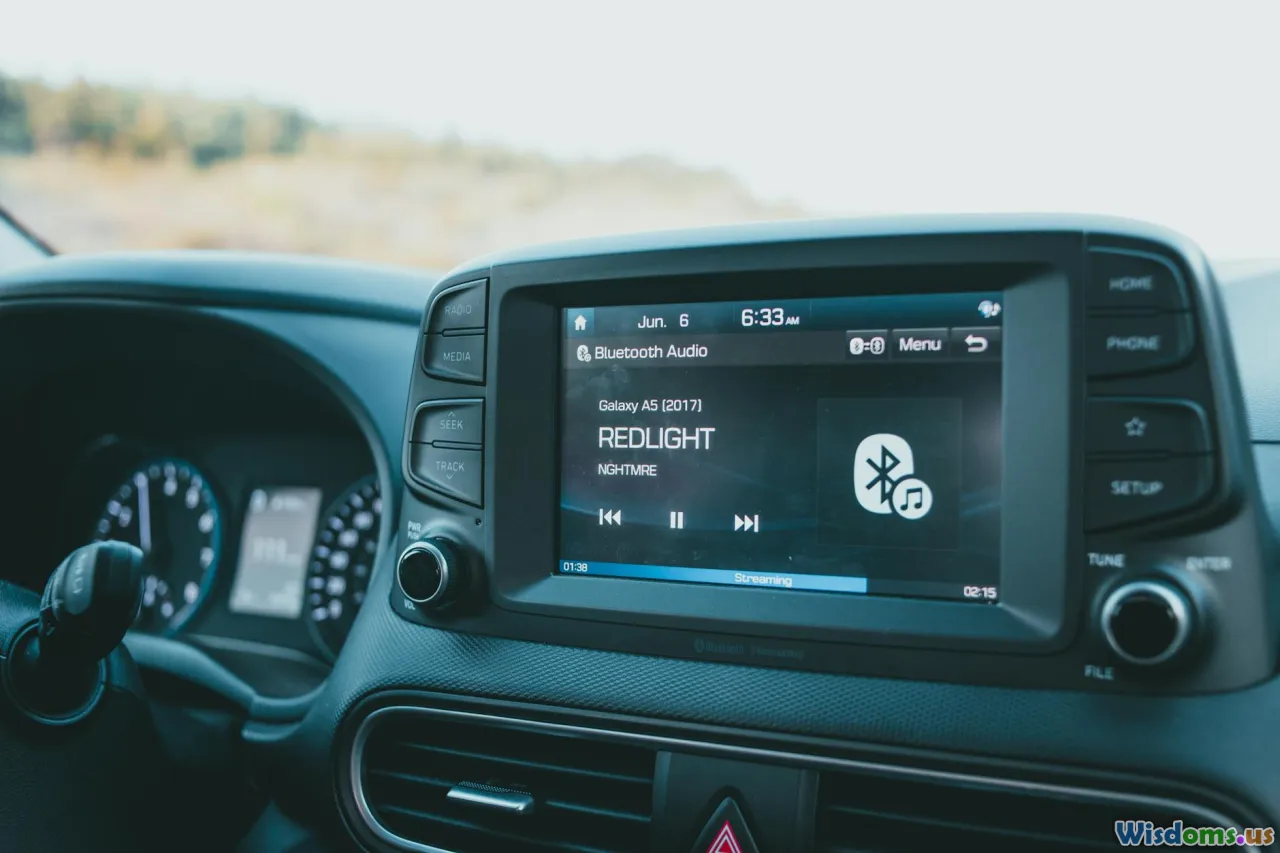
The head unit is the control center of your car's audio experience—influencing sound quality, functionality, and user interface. Modern options add dramatic improvements.
Features to Consider:
- Touchscreens: Offer intuitive control and map displays.
- Apple CarPlay and Android Auto: Integrate your smartphone for music, navigation, and voice control.
- Bluetooth and USB: Enable wireless audio streaming, calls, and charging.
- High-res audio support: Delivers superior signal processing for trained ears.
Example Upgrade
A popular choice is the Sony XAV-AX1000, offering responsive touch, support for smartphone mirroring, and a clean interface for under $300. Higher-end units like the Kenwood Excelon DDX9907XR incorporate advanced DSP (digital sound processing), robust inputs, and stunning displays.
Tips:
- Double-check compatibility with your dash size (single vs double-DIN), connector type, and steering wheel controls.
- Purchase wiring harness adapters to avoid cutting factory wires.
Choosing and Installing New Speakers
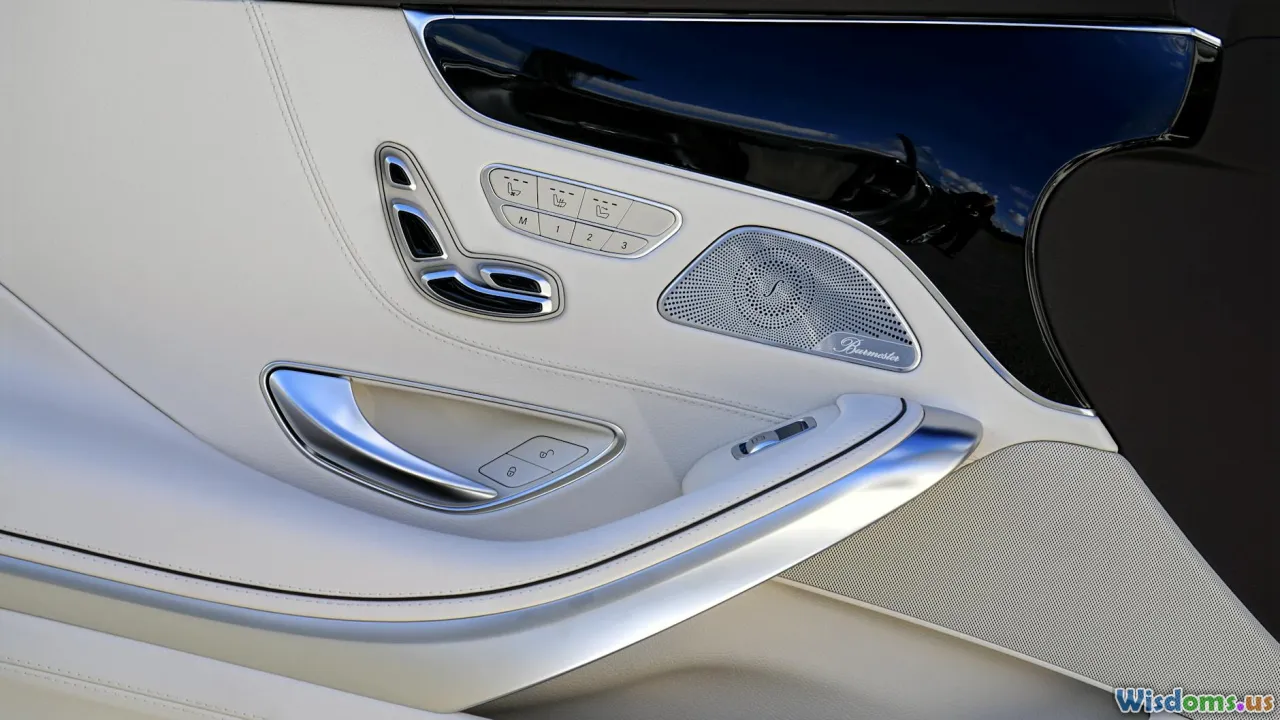
Replacing factory speakers is arguably the single biggest leap in sound quality for most vehicles. Stock speakers are often made with paper cones and lightweight magnets, limiting clarity and durability.
Speaker Types:
- Coaxial (Full-range): Combines woofer and tweeter in one unit; direct swap for most cars.
- Component: Separate woofer, tweeter, and crossover for superior clarity and flexibility.
Real-World Example:
An owner of a 2017 Ford Focus upgraded from factory coaxials to Kicker KS Series components, instantly noticing richer highs, more detail, and deeper clarity—even without an amplifier.
Tips for Success
- Verify fitment: Elect specialty retailers or online search tools (Crutchfield offers a great fit guide).
- Sound deadening: Add material like Dynamat to door panels to reduce road noise and improve bass.
- Match power requirement: Aim for RMS wattage of speakers to align with your amp or head unit outputs.
Adding Amplifiers for Power and Clarity
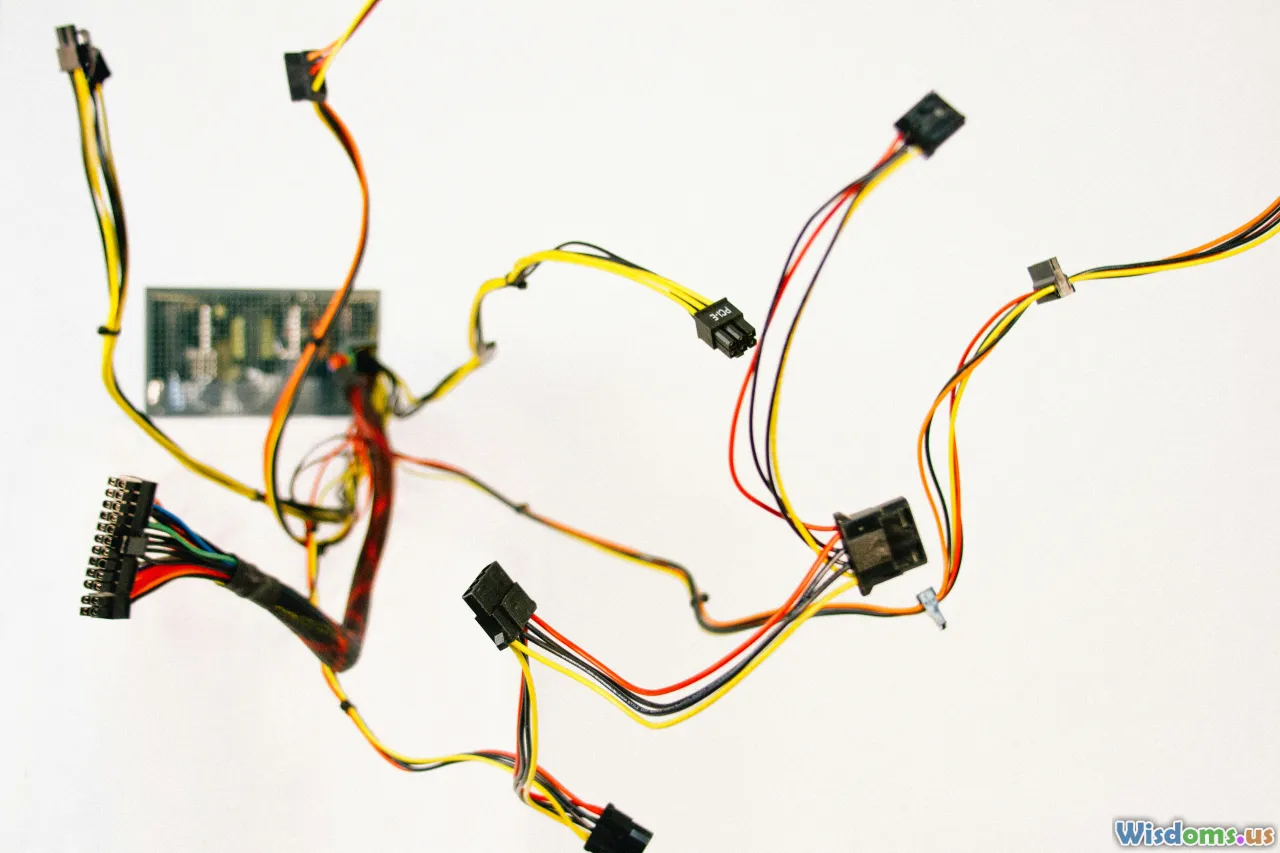
While factory speakers can sometimes be improved just by a head unit upgrade, adding a dedicated amplifier unleashes true sonic potential. Amplifiers prevent distortion at higher volumes and provide clean power matched to your speakers’ capabilities.
Types of Amplifiers:
- 4-channel amplifiers: Most common, supporting front and rear speakers.
- Mono block (subwoofer amp): Designed to power subwoofers with high current.
- 5- or 6-channel: Versatile, allowing you to run full component setups.
Installation Considerations
- Route power from the battery with fused wiring kits (typically 8 or 4 gauge depending on wattage).
- Run separate RCA cables for signal from head unit to amp to eliminate unwanted noise.
- Mount the amplifier in a well-ventilated spot—many install it under a seat or in the trunk.
Expert Tip: Level matching and gain adjustment during installation are crucial. Too much gain increases distortion and risks damage; too little and the full capability isn’t reached. Many car audio specialists will use oscilloscopes or SPL meters for precise tuning.
The Impact of Subwoofers

Nothing changes a car audio system’s impact like a well-integrated subwoofer. Subwoofers handle deep low frequencies (all notes beneath 100 Hz), removing stress from your main speakers and delivering tangible bass you can feel.
Subwoofer Choices:
- Powered subwoofers: Amp built-in; compact and ideal for tight spaces.
- Passive subwoofers: Require an external amp; deliver more power and flexibility.
- Enclosure types: Sealed for punchy, tight bass. Ported for boomier, louder response.
Example Setup:
A compact Kicker Hideaway 8-inch powered sub slides beneath a seat and provides ample low-end for small sedans. Enthusiasts may opt for a 12-inch Rockford Fosgate P2 in a ported box, powered by a dedicated 500-watt amp for 130+dB SPL bass.
Note: Subwoofer installation often requires running dedicated power and ground wires, and may reduce trunk/cargo space.
Acoustic Tuning and Sound Deadening

No matter how expensive the components, road noise and vibration can rob you of audio fidelity. Acoustic tuning and sound deadening maximize your upgrade investment.
Steps to Improve Cabin Acoustics
- Install sound deadening material: Apply sheets to doors, trunk, and floor panels. Brands such as Dynamat, Hushmat, or Stinger are industry favorites.
- Seal speaker mounting brackets: Foam gaskets or sticky tack stop air leaks which reduce bass response.
- Eliminate rattles and buzzes: Test different frequency sweeps to identify and insulate trouble spots.
Example:
A Volkswagen GTI owner reported that after a moderate investment in Dynamat for the doors and trunk, there was a significant drop in road and wind noise—not only benefiting their stereo but also making highway travel more comfortable.
Integrating Modern Features: Bluetooth, Voice Assist, and Smart Tech
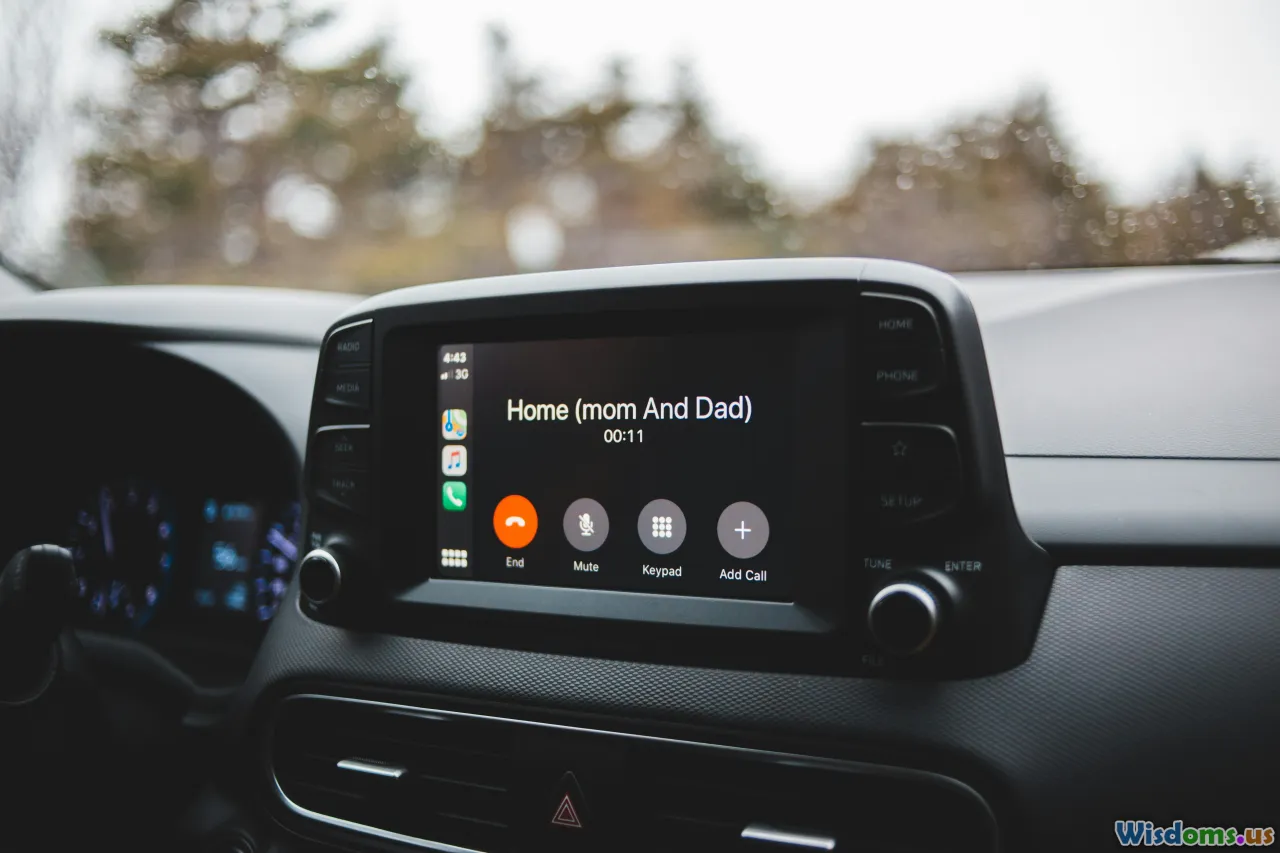
Upgrading your audio system should go beyond sound quality. Today’s highway is smart; your system should be too.
Must-Have Features:
- Bluetooth Hands-Free Calling: Most aftermarket head units offer built-in mics.
- Streaming Music: Services like Spotify and Apple Music become central.
- Voice Assistant Integration: Siri, Google Assistant, or Alexa respond for navigation, texts, and more.
- Rear Camera Support: Many new head units accommodate backup cameras, enhancing safety as well as usability.
Leading Example:
Alpine's iLX-W650 is praised for easy installation, Apple CarPlay/Android Auto compatibility, and rapid Bluetooth connectivity. For those with older vehicles, standalone Bluetooth adapters can replace or supplement single-DIN head units economically.
Sourcing the Right Components and Trusted Installers

Whether you go full DIY or prefer professional hands, sourcing quality parts and expertise is pivotal.
Where to Buy:
- Dedicated Audio Retailers: Crutchfield, Sonic Electronix, and Best Buy are respected names for genuine gear and solid support.
- Direct from Manufacturers: Sometimes direct purchases yield longer warranties and expert fitment guidance.
- Local Specialty Shops: Offer personalized, often vehicle-specific expertise.
Choosing an Installer
- Validate certification (MECP—the Mobile Electronics Certified Professional standard).
- Check online reviews, portfolios, and sample installations.
- Request a walkthrough of wiring and integration post-installation to learn your system’s specifics.
DIY route? Always disconnect your battery before installation. Organize parts and label connectors. Avoid using wire nuts or electrical tape; proper crimping and soldering ensure safer, longer-lasting connections.
Ongoing Care and Upgrades
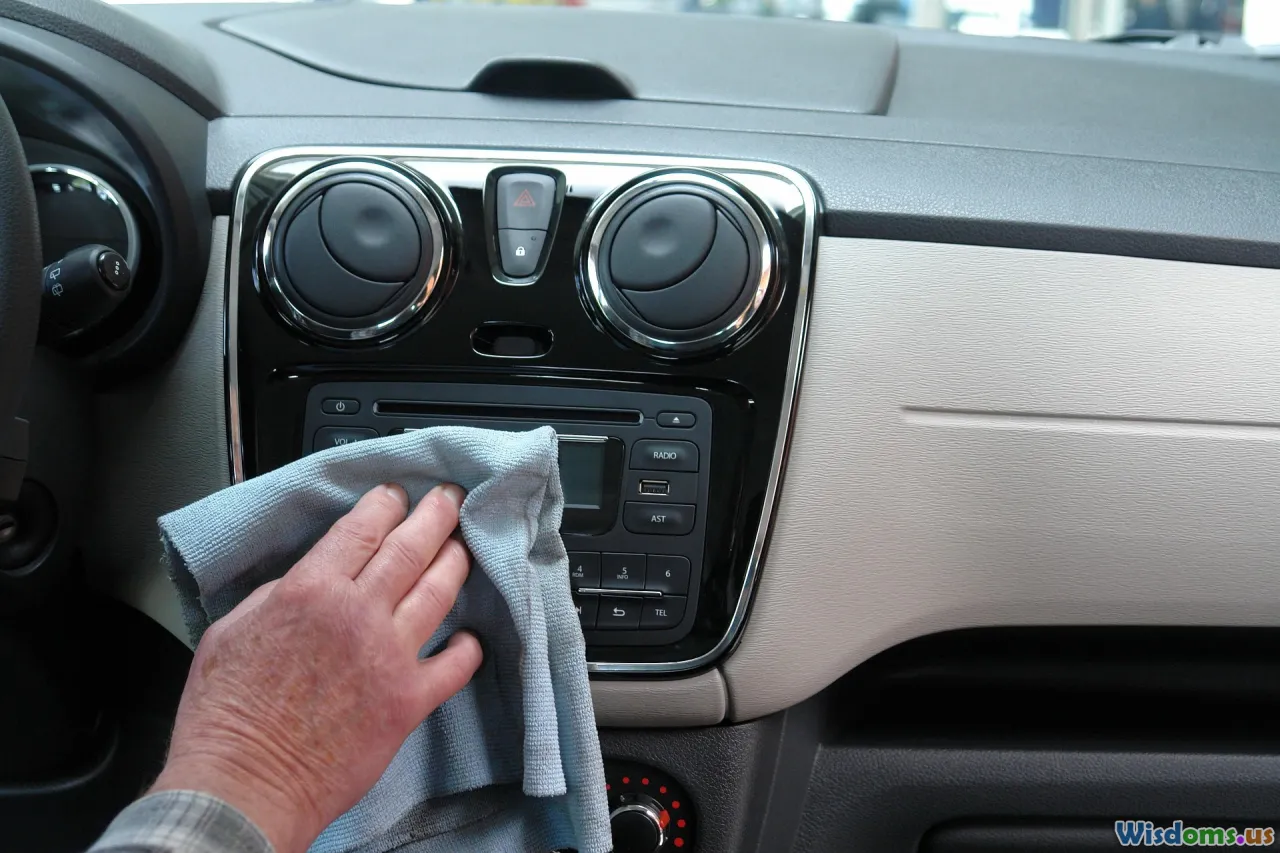
An upgraded system deserves gentle use and periodic checkups.
Maintenance Tips:
- Keep contacts clean: Inspect for corrosion or debris in terminals and connectors.
- Edit tuning as needed: As your system breaks in, you might find subtle EQ tweaks improve different music genres.
- Watch system loads: Too much draw from high-powered amplifiers can stress your car's alternator or battery—consider upgrading the 'Big 3' wiring (battery, alternator, ground cables) to accommodate high-end setups.
Upgrading Over Time
Audio technology evolves rapidly. Start with core upgrades (like the head unit and speakers). Later, add advanced processors, new amps, or cutting-edge wireless integration for a futureproofed ride. Newer innovations, such as wireless CarPlay, touchless voice control, and even parametric equalizers, are making their way from luxury cars to mainstream vehicles.
Upgrading your car audio system is an incredibly rewarding project, sharpening every drive with richer sound and smart convenience. With careful planning, the right components, and meticulous installation, you’ll enjoy an immersive listening experience for years to come. Make your car more than just a mode of transport—turn it into the ultimate soundtrack for your journey.
Rate the Post
User Reviews
Popular Posts










